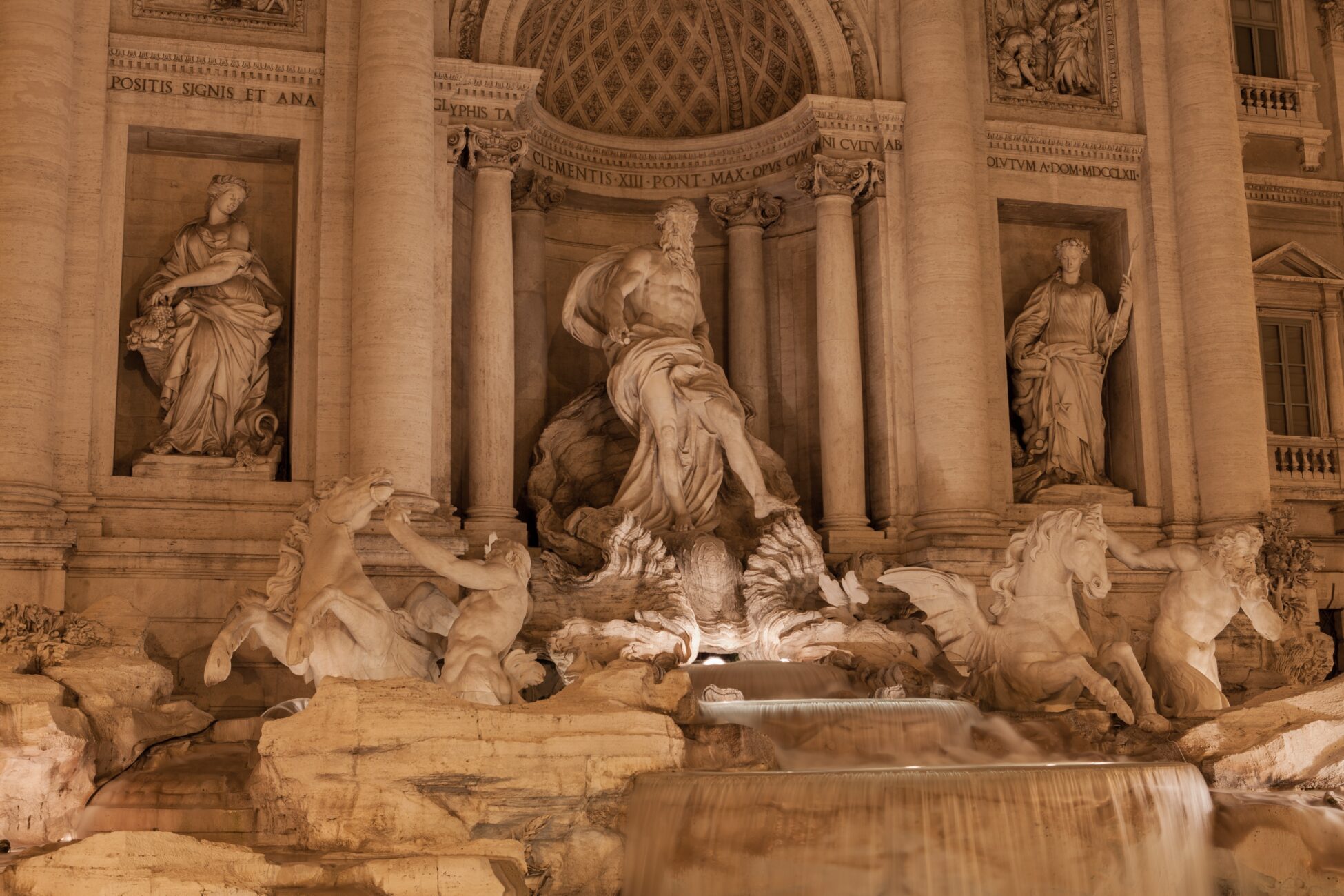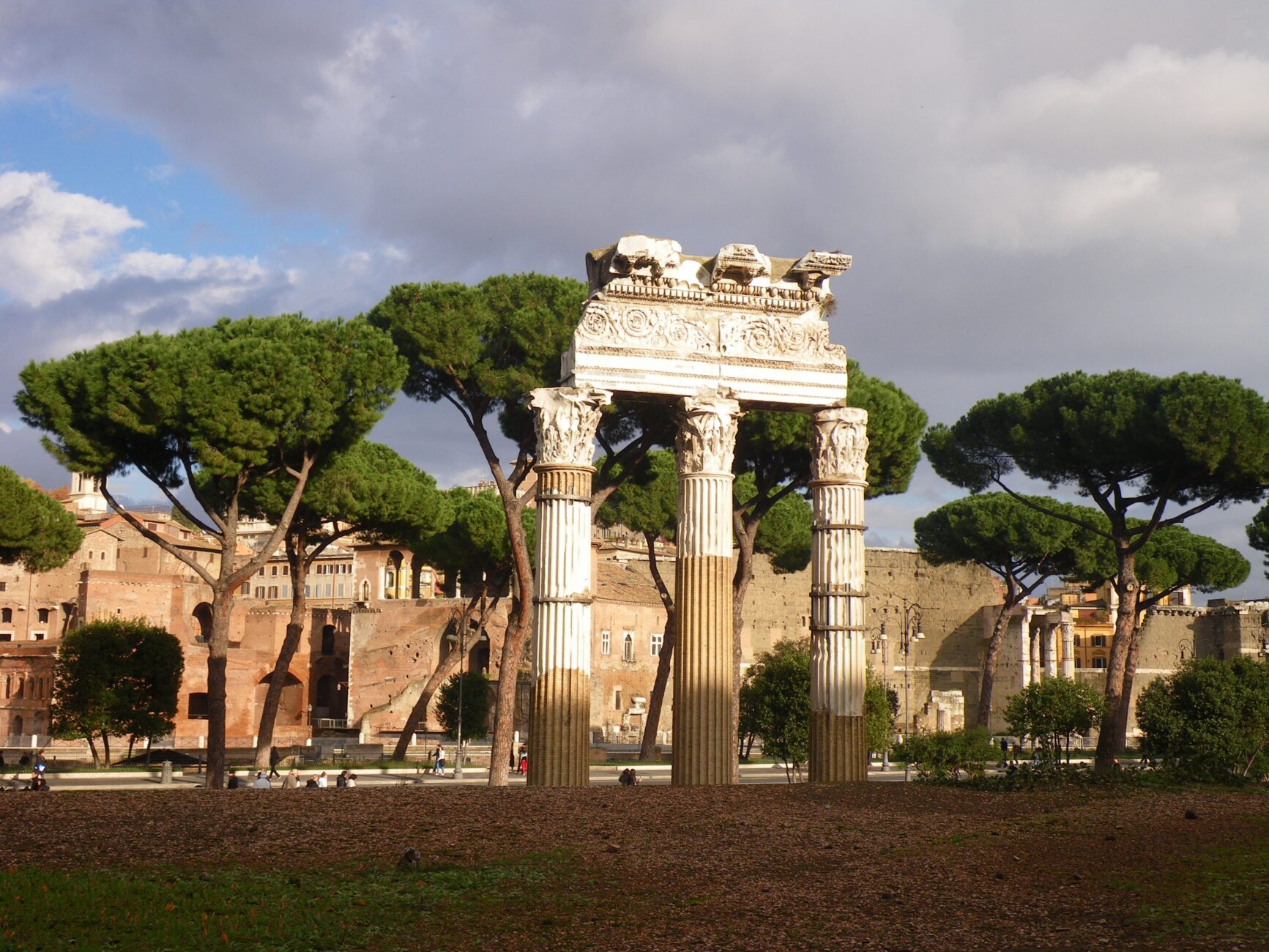As Auckland Philharmonia prepares for Respighi’s Roman trilogy, Amber Read takes a deep dive into the composer’s love/hate affair with the Italian capital.
Ottorino Respighi (1879-1936) had a fraught relationship with the Eternal City. He struggled to compose amidst the thrum and tumult of daily life in Rome, being driven out of an otherwise comfortable apartment by the constant din of street musicians playing below his window as he tried to write. But it brought him career opportunities; he relocated to the city from Bologna in 1913 to take up a professorship in composition at the prestigious Liceo Musicale Santa Cecilia.
It was in these first years in Rome, too, that his relationship blossomed with the young Elsa Olivieri-Sangiacomo, a composer and singer – and Respighi’s pupil – who became his wife after her graduation. She outlived Respighi by 60 years, and it is from her memoirs that we get an insider’s view to the trilogy of Roman inspired works Respighi composed across his mature career.
The first of the trilogy, Fountains of Rome, was composed soon after his arrival in the Italian capital: “It is in a way a synthesis of Respighi’s feelings, thoughts and sensations during those first few months of life in Rome,” Elsa wrote. “Like a lover afraid of not being loved in return, he vented his spleen on the object of his passion,Rome, restless and unsettled, biased and ungrateful, until the idea of the symphonic poem Fountains of Rome formed in his mind and he found relief in the joy of creation.”

